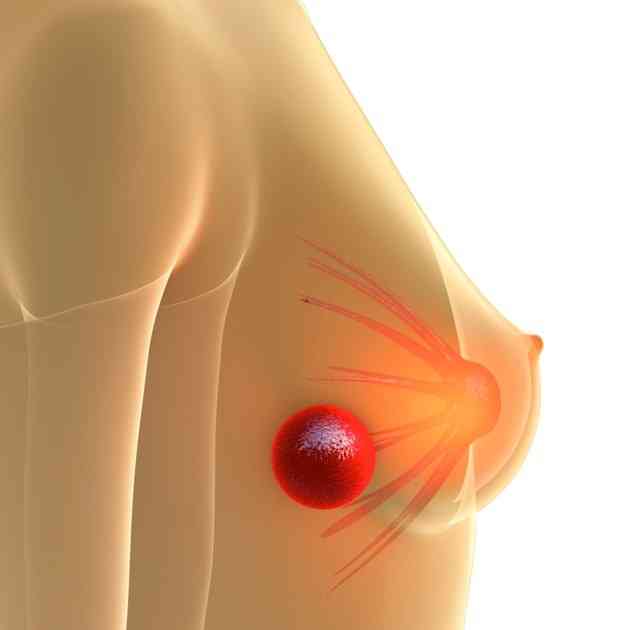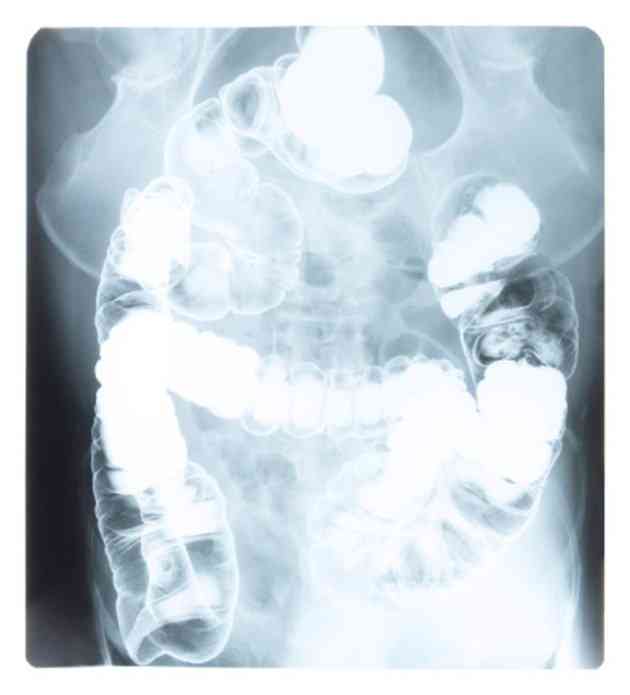Characteristics of Benign Lung Nodules

Benign lung nodules are small, noncancerous masses of tissue typically discovered incidentally on a chest x-ray or CT scan. One out of every 500 to 1,000 chest x-rays reveals an unexpected lung nodule. The chance of finding a lung nodule is even higher with CT scans because they detect smaller lesions not seen on chest x-ray. Benign lung nodules are caused by a variety of infections and noncancerous growths.
 Doctor showing a patient his chest X-ray (Image: Burlingham/iStock/Getty Images)
Doctor showing a patient his chest X-ray (Image: Burlingham/iStock/Getty Images)Size and Appearance
The size of benign lung nodules typically varies from 3 to 20 millimeters or more. To put this size into perspective, 1 millimeter is roughly the thickness of a dime, and 20 millimeters is roughly the width of a penny. When it comes to lung nodules, size predicts whether the lesion is likely benign or cancerous. The smaller the nodule, the more likely it is benign.
In a 2007 review published in the journal "Chest," Dr. Momen Wahidi and colleagues report that the probability of a lung nodule being noncancerous is 99 to 100 percent for growths less than 5 millimeters, and 72 to 94 percent for those 5 to 10 millimeters. Overall, the authors found that 88 to 99 percent of solitary pulmonary nodules are benign.
The radiologic appearance of a lung nodule also gives clues about whether it is benign or cancerous. Benign lung nodules typically appear densely solid with smooth borders. The presence of calcium within a lung nodule is typically a sign that it is likely benign.
Abnormal Tissue Growth
Some benign lung nodules are noncancerous tumors, also known as benign neoplasms. These tumors are comprised of abnormally growing tissue, but the tissue is not cancerous. In an article published in the "Archives of Pathology and Laboratory Medicine" in 2008 article, Dr. Alain Borczuk states that the most common type of neoplastic benign lung nodule is a hamartoma. A hamartoma is a disorganized mixture of cartilage, fat, smooth muscle or other lung cells. Other benign neoplasms, such as fibromas, lipomas, papillomas, adenomas and hemangiomas, can present as lung nodules. However, they are much less common than hamartomas.
Chronic Inflammatory Changes
Chronic lung infections and autoimmune diseases that affect the lungs may cause areas of inflammation. As the body attempts to heal the inflamed area, it is walled off from the surrounding lung tissue, creating a nodule. These lesions are called granulomas. They contain scar tissue, inflammatory cells, immune cells and cellular debris. If the granuloma was caused by an infection, the causative fungi or bacteria may also be found inside the nodule.
In a 2009 article published in "American Family Physician," Drs. Ross Albert and John Russell report that 30 to 40 percent of all solitary pulmonary nodules are granulomas. Common infectious causes include histoplasmosis, coccidioidomycosis, blastomycosis, aspergillosis, cryptococcosis and tuberculosis. Autoimmune disorders, such as rheumatoid lung disease and Wegner's granulomatosis, can also cause granulomas.




